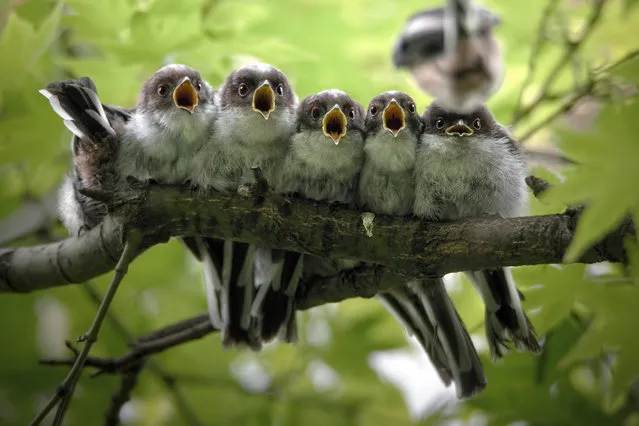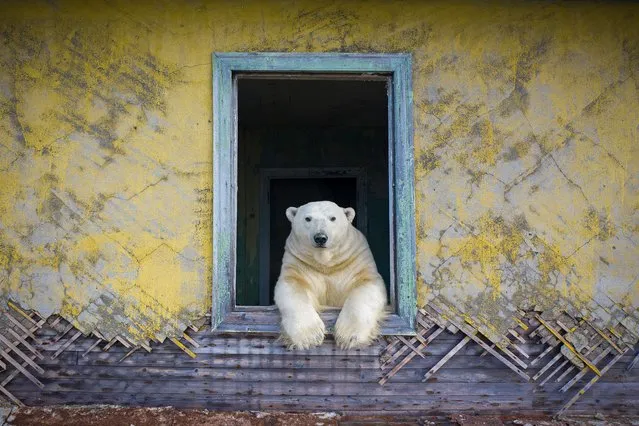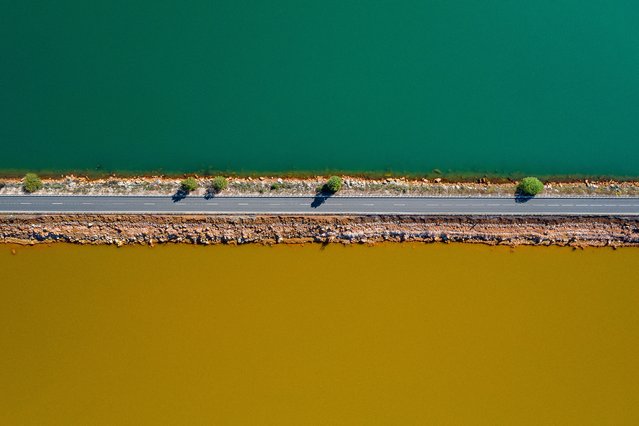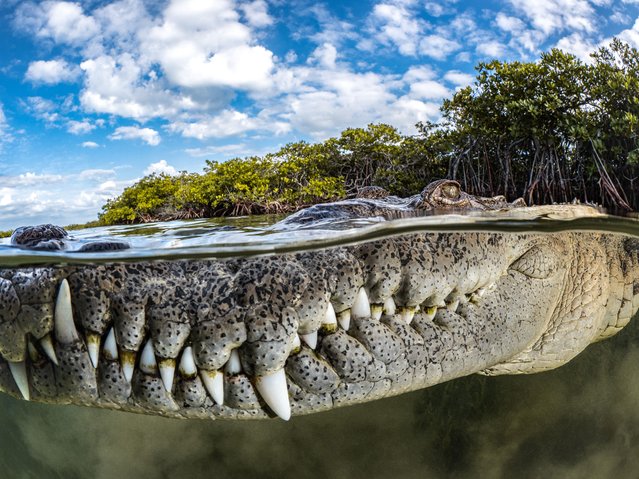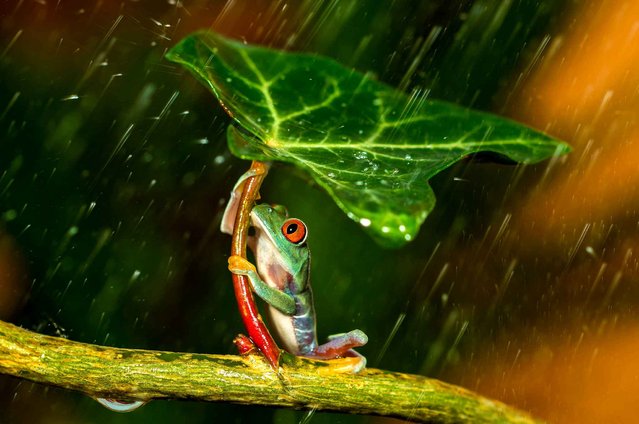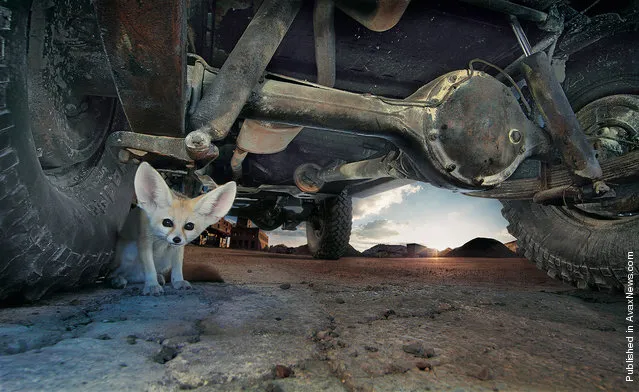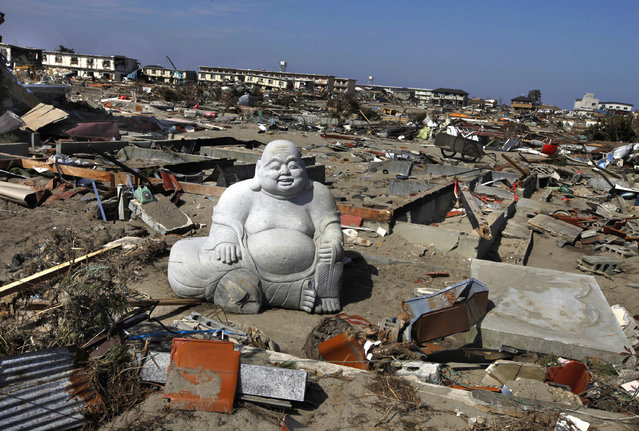
Vincent Yu is a multiple award winner who won Honorable Mention in the 2013 Photographer of the Year category for Pictures of the Year International. Photo: A statue of Hotei Buddha sits in the debris in the tsunami-destroyed town of Sendai, Miyagi Prefecture, northern Japan Friday, April 1, 2011. (Photo by Vincent Yu/AP Photo)
30 Mar 2014 11:26:00,post received
0 comments

